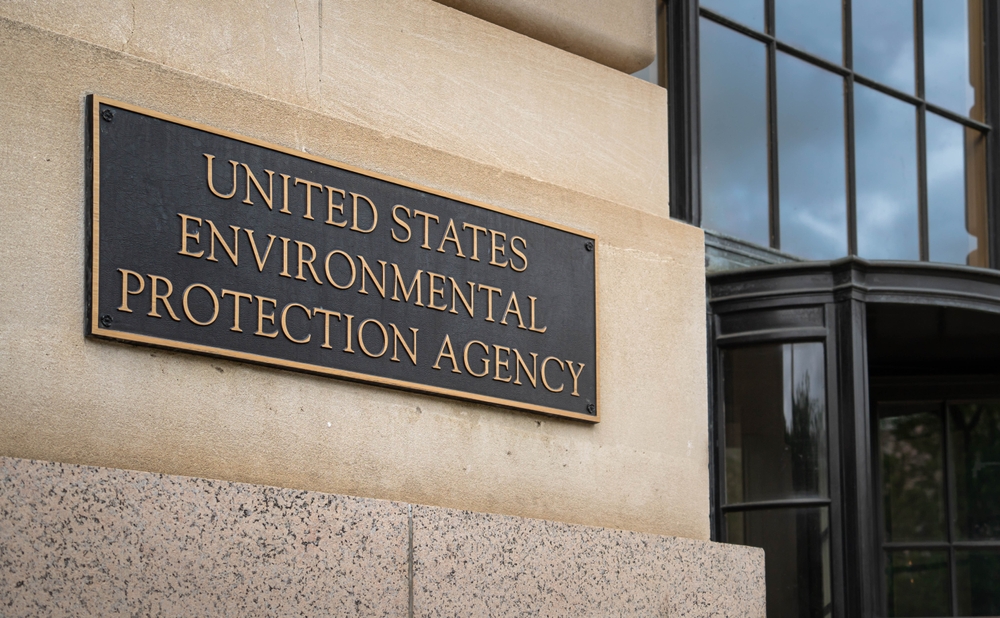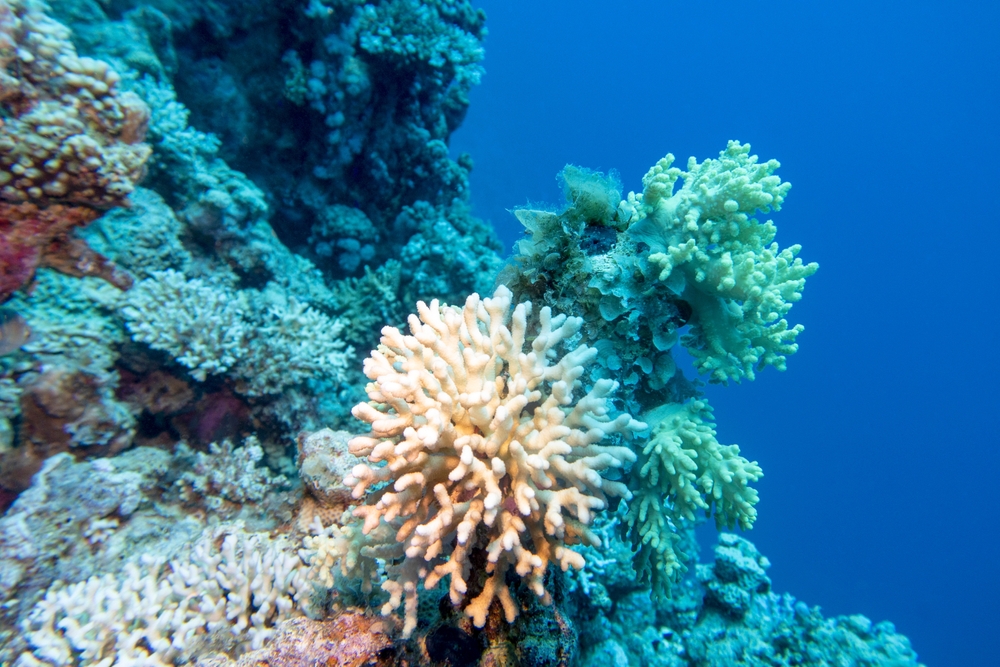We have written at length, in great volume, and with great enthusiasm about the importance of green spaces in cities, carbon sinks, and environmentally helpful trees in general. Forests are absolutely essential to sequestering carbon and our continued adaptation to a changing climate, but some forests, as it turns out, sequester carbon better than others.
A new study from the World Resources Institute and Climate Focus found that Indigenous-held forests sequester twice as much as those owned by states and private parties.
Environmental stewards
The study looked at data from Global Forest Watch and the Landmark of Indigenous-held forests in Peru, Colombia, Brazil, and Mexico. These countries’ forests are among the most biodiverse ones in the world, and they’re home to a spectrum of life, not just plants but animals and insects too.
The study investigated the amount of carbon dioxide released and trapped by forests in Indigenous lands compared to other forests and found that on average the Indigenous Forest trapped twice as much as the others. The most drastic comparison was in Brazil, where non-Indigenous land emits about 10 metric tons of carbon dioxide per hectare while Indigenous lands absorb about 30 metric tons per hectare.
Researchers also discovered that 92 percent of these Indigenous lands were net sinks, meaning that they absorb way more carbon than they emit.
Righting an environmental and humanitarian wrong
The problem is that Indigenous people are so often excluded from decision-making processes that affect their own lands. Brazilian President Jair Bolsonaro has even put a stop to demarcations of Indigenous lands so that he can open up more lands for development. Things are changing, though.
The study’s authors advocate for the stop of all deforestation, not just in Indigenous lands because preserving Indigenous forests may mean logging national forests elsewhere, in a process known as “leakage.” The study also pushes for the inclusion of Indigenous people in climate action. In South and Central America, some countries, such as Panama, have enacted laws to protect forests and empower Indigenous people with protected and protective rights.
Source Study: Forest Declaration Platform — Sink or swim: How Indigenous and community lands can make or break nationally determined contributions – Forest Declaration.












